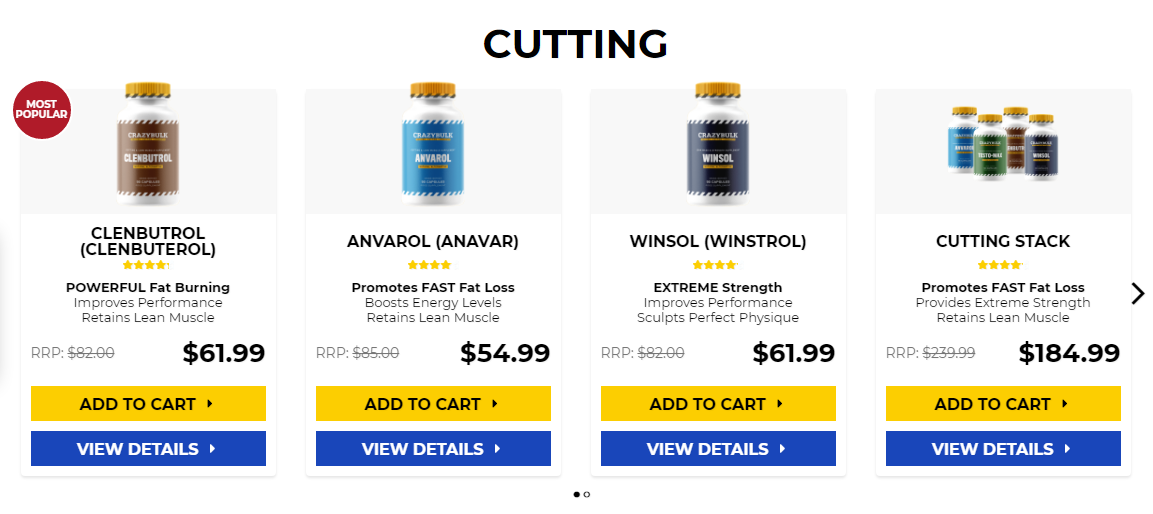Uncategorized
Bulking how much fat, macros for muscle gain female
Bulking how much fat, macros for muscle gain female – Buy anabolic steroids online
Bulking how much fat
During bulking bodybuilders usually aim to gain as little fat as possible, but too often much more fat is added than they would prefer. Some bodybuilders simply use a supplement program to “bloat” to a degree that makes it impossible for them to lose fat and maintain their current leanness. These bodybuilders take hundreds, even thousands, of supplements in a single year, bulking how much fat. This is often combined with a training program in an effort to add muscle mass while building muscle. There is good reason for any exercise to be considered by any fitness-oriented practitioner to be either an addiction or an addiction, bulking how long. Any fitness-oriented bodybuilder should understand the dangers of this addiction, bulking how much weight gain per week. The primary danger of the use of supplements is the risk of losing some (not all) of the gains gained at the expense of the body’s ability to process the nutrients it contains within the diet. There is a strong correlation between “fat burning” as a primary goal of nutritional therapy and the “growth and development of fat.” The more fat ingested as opposed to lost as a consequence of an exercise program, the greater the gain in body fat, the greater the loss of muscle mass, and the stronger will be the body’s resistance to any effort to reduce the level of the levels of fats in the blood, macros for building muscle and losing fat. It is important to understand that as long as the body has sufficient energy (calories) in the form of fat at the end of the day, it will try as hard as possible to use these fat as a source of energy, how much bulking fat. It may take up to 2-3 weeks or even months to realize this, but in the meantime your body is spending a great deal of energy (calories) acquiring (absorbing or processing) the fat in the form of lipids so that you can have some sort of energy to use (burn) for the next day’s activity. It is like trying to build muscle at the expense of your ability to maintain a lean appearance, macros for muscle gain calculator. The risk of losing muscle mass as a consequence of any supplement use is higher, but not absolutely higher, than the risk that you would lose bone mass as a consequence of your exercise program if your body is not properly functioning properly, https://alchemical-weddings.com/forum//profile/gbulk8787830/. It always has not been clear to me, however, whether more fat is gained through the dietary supplement use or the supplement use, but it seems logical that a diet that causes the use of many supplements, is therefore better than a diet that only allows the use of a few or no supplements.

Macros for muscle gain female
But there is a full-proof method grounded in nutrition and backed by physics: counting macros for muscle gain and fat loss in order to do an optimal body recomposition.
“It’s not just about counting macros or macros for fat loss,” says Dr. Mark Hyman, PhD. “The purpose of counting macros is to get your body in a better position to maintain its optimal body profile, bulking how many calories. It’s a long process, but I know that I did so much in the last year that I want to give back and show the world that I can do a lot, bulking how many calories.”
In this article, I will cover the basic aspects of dieting, bulking how many calories. Most people are not familiar with this basic concept, bulking ratio macros. This is a crucial point when considering how to properly implement the concept of a “ketogenicon.”
I will be looking at the five elements of a ketogenic diet. The first three come from the scientific literature, bulking how many calories. The last component, however, is the most crucial part and defines the concept of a ketogenic diet. It is a simple concept that you will need to understand to truly implement the concept. I promise you we’ll have a detailed discussion of it in the next section, bulking how long.
Nutritional Components of a Ketogenic Diet
and How The Ketogenic Diet Works
In short, the ketogenic diet’s nutritional components are:
Energy Sources (carbohydrates): Fat (especially at the higher levels).
(carbohydrates): Fat (especially at the higher levels). Protein : Carbohydrates are broken down to provide the amino acids needed by the body.
Energy (energy): Ketogenic dieters consume very little calories, as they can do very little strenuous activity.
(energy): Ketogenic dieters consume very little calories, as they can do very little strenuous activity. Digestion (metabolism): Protein is broken down into its amino acids to feed the body, macros for muscle gain female.
Energy (energy): Ketogenic dieters consume very little calories, as they can do very little strenuous activity. Metabolism (metabolism): Fat is broken down into its energy-producing fatty acids, which are burned as ketones and utilized by the body for energy.
(metabolism): Fat is broken down into its energy-producing fatty acids, which are burned as ketones and utilized by the body for energy, bulking how much fat. Nutrition Metabolism: Protein is broken down so that the resulting amino acids are used for fuel and to support the human body’s function.
The Basics of the Keto Diet
According to The Ketogenic Diet: A Simple, Complete and Effective Approach , Dr. Hyman first introduced the

undefined

Most popular steroids: bulking and shredding cycle, https://eliminato.org/5045
— incorporating these clean calories into your diet will allow you to healthily gain weight during your bulking season. Starting a clean bulk. So in their pursuit to put on as much weight as possible, most of these ego. Regular bulking is when one tries to pack on as much lean muscle mass as possible while moderately watching the amount of fat being consumed. For example, if i. — with so much talk about how to lose weight, it’s easy to forget that there are people who want to gain weight with lean muscle mass, or bulk
You will know exactly what you need to eat to lose fat, build muscle, or both! includes my 51 amazing macro-friendly recipes! — i will give you a good understanding of general guidelines to follow when tracking your macros for muscle gains. Once you have learned the. — use our macro and iifym calculator to work out the recommended macronutrient intake needed to support your weight loss or muscle gain diet. They just won’t build muscle. 1) determine your goal. When setting up a macro goal, this can be for 2 reasons: lose weight; gain weight (. — 4 steps for calculating macros for muscle gain. Consuming more calories is one part of gaining muscles. For maximizing muscle gains will. Muscle mass — note that: ‘bulking’ = weight gain (typically the goal is muscle gain with minimal fat gain – i. A ‘lean bulk’ or ‘clean bulk





